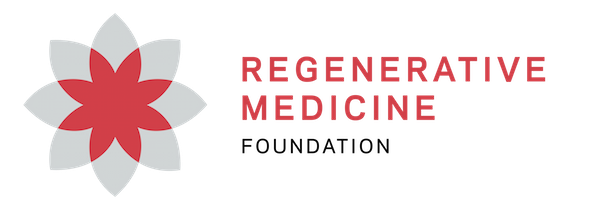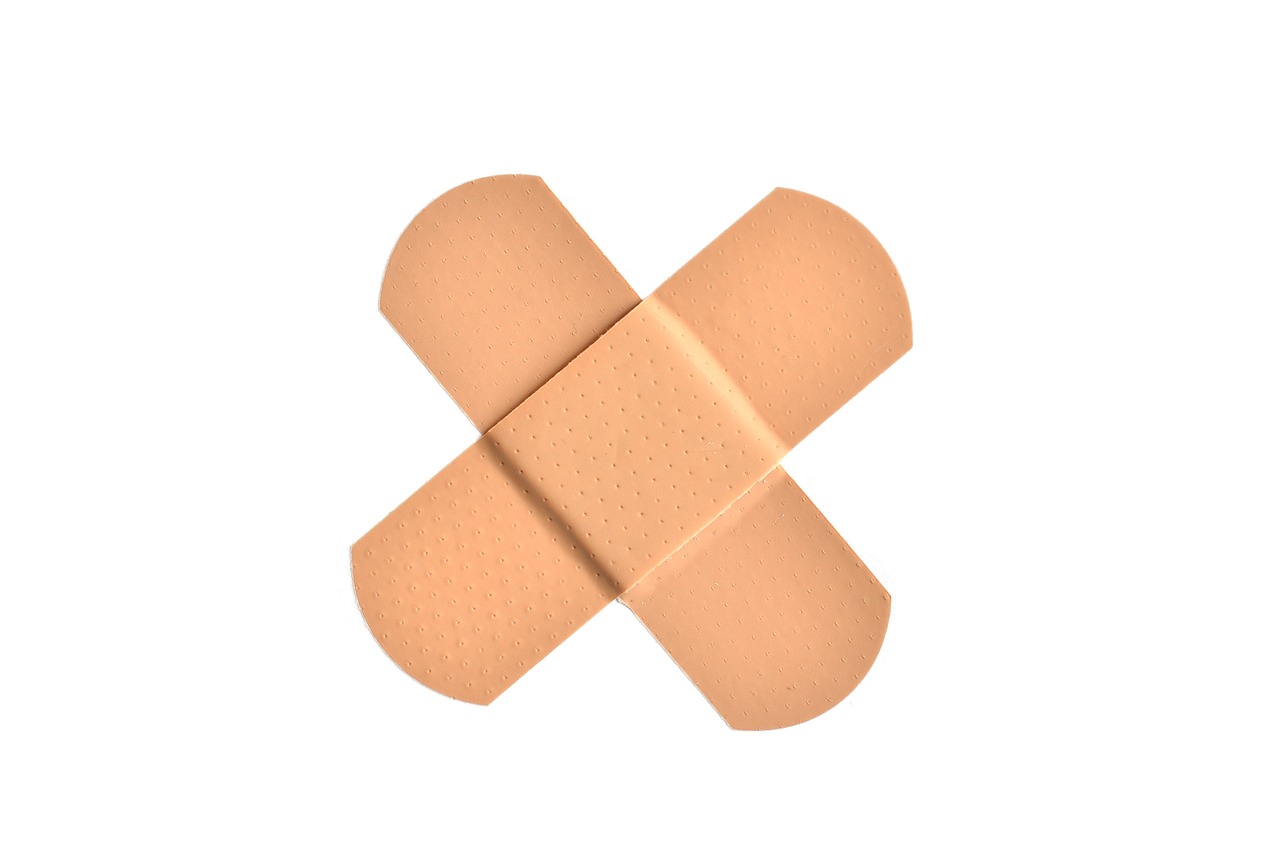What happens when a cell-based therapy gets characterized as a “cure”?
A Patient’s Answer May Be Surprising.
How is using the word “cure” at this stage of our clinical translation of regenerative medicine likely to impact patients the most?
I’ve considered these questions a lot. Over the last two years I’ve been in multiple situations where the word “cure” has been used in a range of ways, for a variety of purposes and under the influence any number of motivations. I’ve experienced a cellular treatment success that has been characterized by some as a cure, and I’ve also cautioned reporters covering my story not to use the word in their stories, as well as stem cell providers who think it’s the only word powerful enough to draw prospective patients to inquire into their services. And now I’m dedicating time to the larger purpose of sharing my experiences to inspire others to continue in hope, assuring them that regenerative medicine is about to bring answers, treatment, relief from suffering, and maybe even cures for the conditions that have weighted their lives toward despair.
I feel comfortable calling myself an expert on how regenerative medicine patients experience the impact of the word “cure” when it’s used in the context of their condition. And I’ve decided that we’re no doubt a “special needs” population. We’re experiencing unexpected benefits from treatments not yet understood, but profoundly and often quickly treating the untreatable, and changing our trajectory away from a position of unmeasured despair toward one of unmeasured hope.
The fact that we have special needs for education, informed consent, post treatment support, and affordable access, infers that “cure” for our condition can have meaning for our lives on many different levels, beyond physical functioning. This reality affects the way we must begin treating patients, eliciting their experiences, and, as our legislators have now wisely mandated, including them in every level of healthcare policy development.
“For me, it has always been clear that the cell therapy I received in August 2015 was not a cure, but a treatment.”
In general, I believe it is too early in the current state of translational clinical practice to use the word “cure” to describe the outcome, or intended outcome, of a regenerative medicine therapy. That’s true not only because the pace of innovation is outrunning the science designed to validate it, but also because most patients that will receive the treatments need to experience healing in areas other than physical.
It’s easy to accept this when one considers the effect of a long-term, disabling condition has on an individual’s mind, spirit, family and community.
So perhaps, just perhaps, there are multiple “cures” a patient needs to experience in order for regenerative medicine to achieve the cure provided by its science.
For me, it has always been clear that the cell therapy I received in August 2015 was not a cure, but a treatment. I’ve since learned this is true for many, if not most interventions offered by provider clinics. Many diseases and conditions are not curable with stem cell therapies, but they are becoming more responsive to treatments designed to alleviate the impact of symptoms on people’s lives, to treat the untreatable.
” The day I began seeing again I knew I received a cure… not for my eyes. It was a cure we all need in order to begin our journey to healing mind, body, and spirit… the cure for our own broken hope.”
Such was the case with me. Although my story has been broadcast far and wide, and is inspiring to others, I saw the risk of having my outcome being described by others as a “cure”. Sometimes my clarification was respected, sometimes not. But I let it pass in deference to the value of getting the word out. Lately, I have spent more time telling my story to expressly communicate that the hope for dramatic recovery is real, tangible, and even likely in the near future. I encourage patients still experiencing the “cure in 3-5 years pat-on-the-head routine” to hang on, because this time, it can really happen.
I experienced an effective treatment that changed my life quickly and profoundly. But it was not a cure. I still have the disease, which is starting to progress again, and for which I’ve pursued both standard of care and additional, less invasive cellular treatment.
And so begins another chapter of my story, which I am living and sharing with the public to demonstrate to others how this patient experiences their story, as well as the science behind it, as it develops in real time. I believe it is a great opportunity to communicate the humanity and necessity of taking seriously how we choose to use the word “cure”.
The message that is most important to me to pass on to readers everywhere –many of whom will have their own regenerative medicine successful outcome– is that although I didn’t receive a cure for my disease when I received my first cellular therapy, (I still get occasional less-invasive treatments and nutritional counseling to deal with inflammation), I did experience a cure for something much more damaging.
The day I began seeing again I knew I received a cure… not for my eyes. It was a cure we all need in order to begin our journey to healing mind, body, and spirit… the cure for our own broken hope.
Doug Oliver, Founder and Chair of The Regenerative Outcomes Foundation in Nashville, TN, was legally blind for 10 years, and had his sight restored after autologous stem cell therapy in 2015. He has since inspired millions with his story of emerging hope in regenerative medicine, and helped Senator Lamar Alexander craft key patient provisions included in the 21st Century Cures Act, which passed with historic bipartisan support, and was signed into law in December 2016.

